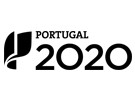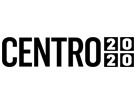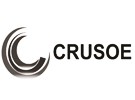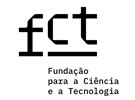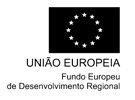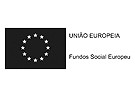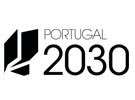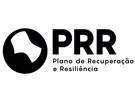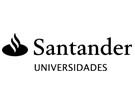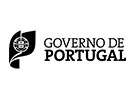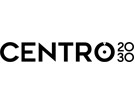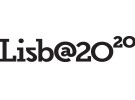



Publication in the Diário da República: Despacho nº 9182/2020 - 25/09/2020
5 ECTS; 3º Ano, 2º Semestre, 15,0 T + 60,0 PL + 5,0 OT , Cód. 964462.
Lecturer
- Paula Alexandra Costa Leite Pinto Pereira (1)(2)
(1) Docente Responsável
(2) Docente que lecciona
Prerequisites
Not applicable
Objectives
1 Identify the concepts of preservation / conservation of books and graphic documents.
2 Evaluate the strength and durability of the materials constituting the graphic documents. Identify the productive processes. Develop observation / analysis capacity for intervention.
3 Solve concrete problems of safeguarding, conditions of use and storage of graphic documents. Apply appropriate technical language for future interventions.
4 Identify the techniques of artistic and modern binding. Perform different binding techniques applying the aesthetic, creative components and preservation / conservation features.
Program
1. Introduction to conservation / preservation and restoration concepts.
2. Study of materials: supports (papyrus, leather, parchment, fabrics, hardware and papers); inks (letterpress printing, ferrogálicos, vegetal pigments, watercolors).
3. Degradation agents:
3.1 Internal degradation agents or intrinsic causes (composition of print media, characteristics of paper fibers, types of glue).
3.2 External degradation agents or extrinsic causes:
3.2.1 Physical and chemical agents (sunlight, fluorescent lamps, ultraviolet radiation, temperature, relative humidity, air pollution);
3.2.2 Biological agents (microorganisms, bacteria, insects, rodents);
3.2.3 Action by man (improper handling and packaging);
3.2.4 Natural disasters (fires, floods, earthquakes).
4. Examination and diagnosis methods
4.1 Historical contextualization of the document and identification of artistic production techniques;
4.2 Technical-constructive analysis, examinations of the internal and external structure of the document;
4.3 Photographic record;
4.4 Filling out the technical entry registration form in the laboratory;
4.5 Preparation of treatment proposal;
4.6 Preservation and taking preventive measures (diagnostic examination of paint resistance, hygiene, disinfestation, de-acidification, consolidation, lamination, integration of tears and gaps, rebuilding of bindings, packaging).
5. Artistic and modern binding:
5.1 Preparation of the crumb of the book and the loin;
5.2 Differentiated sewing techniques (sewing on nerves embedded in the sawing, sewing on protruding nerves, sewing on double nerves, sewing on leather ribbons, interspersed sewing, Japanese sewing);
5.3 Preparation of plans for blending (leather, fabrics, wood, marbled paper);
5.4 Different types of decoration / ornamentation of book folders (French half binding, English half binding, gilding application, manual execution of a transfile).
Evaluation Methodology
Continuous assessment: attendance to 2/3 of practical laboratory classes. Attendance 5%, assignments carried out during classes 65%, written test 30%.
Exam-based assessment: one written test that will cover only theoretical aspects corresponding to 30% of the final mark. Attendance (5%)
Work done in class (65%).
Bibliography
- BOSQUET,, E. (1989). Traité théorique et pratique de lárt du relieur. (Vol. 1). Paris: NA
- JOHNSON, A. (1985). The practical guide to craft bookbinding. London:: Thames and Hudson
- LIBRANDO,, V. e MINNITI,, Z. e LORUSSO,, S. (2011). Ancient and modern paper characterization by FTIR and Micro-Raman spectroscopy.. Bolonha: Conservation science in cultural heritage, 11
- LIENARDY,, A. e DAMME,, P. (1992). La désacidification de masse des livres et documents. Bruxelles:: Institut royal du patrimoine artistique
- VITORINO,, T. e MELO, M. e CARLYLE,, L. e OTERO,, V. (2016). New insights into brazilwood lake pigments manufacture through the use of historically accurate reconstructions. London:: Taylor & Francis Online
Teaching Method
1- Lectures with the support of audiovisual resources.
2- Practical work individually or as part of a team performing tasks and solving practical problems.
Software used in class
Not applicable
